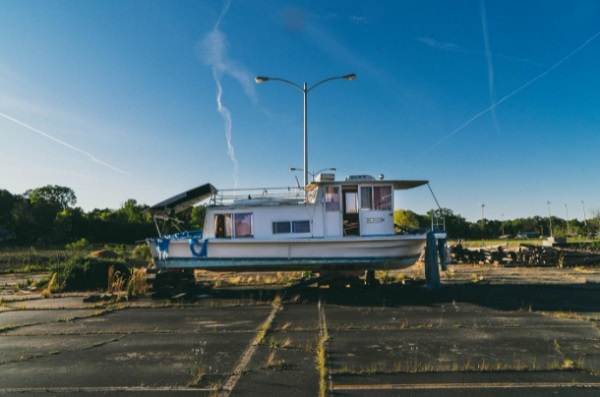
Marine vehicles need regular maintenance because they undergo severe degradation due to the harsh environment where they operate. Trained technicians must perform their surface preparation and the process of paint or coating application if you cannot do it yourself.
It is better to have a professional when your boat needs a major repainting job. Otherwise, it is a good idea to learn how to paint your boat. Painting your boat not only makes it look new, but the coat of paint, mainly when you use military grade marine paint, also protects your boat from the elements and bodies of water.
Things you should know when painting a boat
Learning to paint is boat is all right, so you can do minor painting jobs to cover scratches and patches of peeled paint. It will help protect the boat’s surface from incurring damage from the weather and elements in the water. Here are some of the things you should know when you need to paint your boat.
1. Prepare the surface
It’s essential to prepare the boat surface properly. Remove blisters, rust, fouling (shell and seaweed), sea salts, oil, old paint, and grease.
2. Remove parts not to be painted
Remove all hardware and trims that will not be painted and repair all surface imperfections.

3. Find the correct timing
Ideally, you should paint your boat in climate-controlled environments. But if you have a smaller boat, you should schedule the painting when the weather is sunny and fine. If there is moisture in the air, it can lead to splitting, warping, poor paint adhesion, and thermal expansion or contraction.
4. Choose the proper marine coatings
Boats are made from different materials. And each material requires a different type of paint. Moreover, there are special paints for the other parts of the boat. Typically, you need a primer or base coat, a tie coat (middle layer), and a topcoat. Ensure you get the required materials to achieve the proper bonding and compatibility of the layers and the surface.
5. Follow guidelines
Epoxies are the popular choice for surfaces above the waterline. Ensure that you mix a hardener with the epoxy paint in the correct ratio. Another popular coating is polyurethane, which does not need a hardener. Whatever material you use, follow the recommendations of the manufacturer.
6. Choose the proper technique for coating application
Use spray technique for painting larger areas above the waterline. Use a roller or brush to apply chlorinated rubber coating.

7. Take precautions when painting the hull
Know the regulatory requirements when you choose the antifouling coating. There is a required thickness in its application. Popular today are combinations of coal tar and polyurethane or coal tar and epoxy paint.
8. Choose the right antifouling paint
Several types of antifouling paint: hard, eroding, freshwater, and antifouling for outdrives and metal boats are available.
9. Painting a fibreglass boat
You can achieve an excellent surface when painting a fibreglass boat by applying at least three coats of thin, consistent coats using a roller.
10. Use textured paint for the deck
Make your deck non-slip or non-skid by painting it with a textured compound specifically designed for the boat deck.
Ensure that you follow the instructions and recommendations when painting a boat to prevent exposure to health hazards and achieve your desired look.